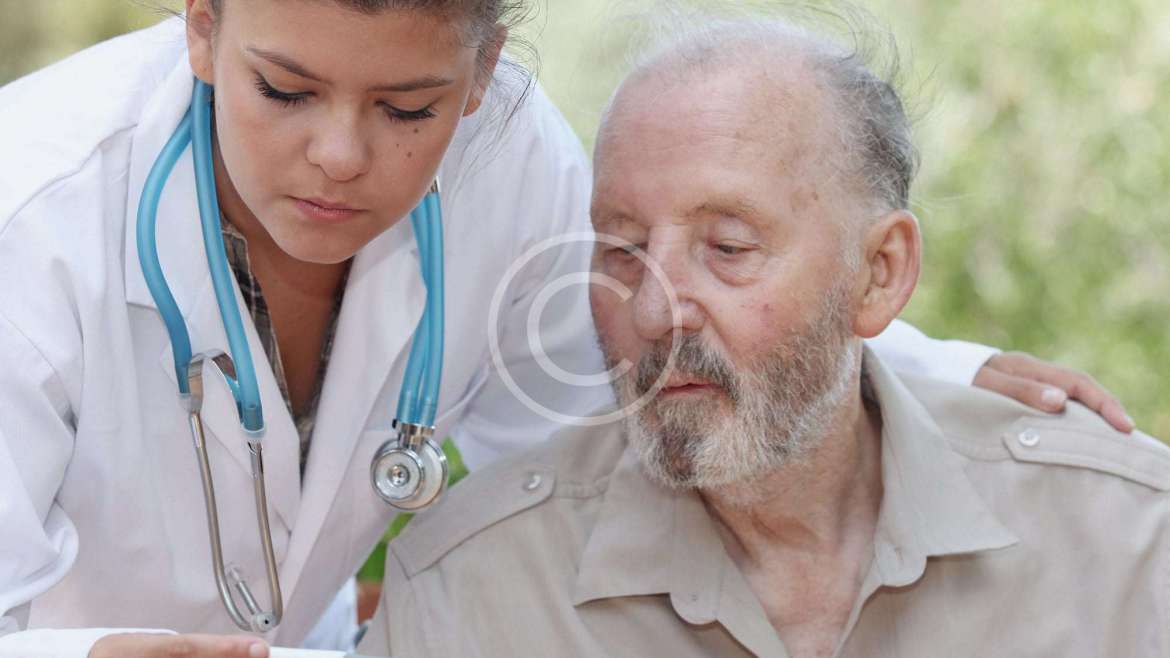Home Care and Corona
Summary of Recent Changes
As of October 16, 2020
Adds information and references for home health agency personnel involved in home care of people with confirmed or suspected COVID-19 infection
home icon
Preventing COVID-19 from Spreading in Homes and Communities: Interim guidance that may help prevent COVID-19 from spreading among people in homes and in communities.
This interim guidance is for staff at local and state health departments, infection prevention and control professionals, and healthcare personnel who are coordinating the home care and isolation1 of people with confirmed or suspected COVID-19 infection, including persons undergoing testing (see Overview of Testing for SARS-CoV-2 (COVID-19) for more information). This includes patients evaluated in an outpatient setting who do not require hospitalization (i.e., patients who are medically stable and can receive care at home) or patients who are discharged home following a hospitalization with confirmed COVID-19 infection.
In general, people should isolate at home until the risk of secondary transmission is thought to be low. See Discontinuation of Isolation for Persons with COVID-19 Not in Healthcare Settings for more information. Patients and caregivers can visit the If You Are Sick or Caring for Someone page to learn about COVID-19 care at home, as well as protecting others at home and in the community from COVID-19.
This document does not apply to patients in healthcare settings. For interim healthcare infection prevention and control recommendations, see Interim Infection Prevention and Control Recommendations for Healthcare Personnel During the Coronavirus Disease 2019 (COVID-19) Pandemic. CDC will update this interim guidance as needed and as more information becomes available.
Assess the suitability of the residential setting for home care
In consultation with state or local health department staff, a healthcare professional should assess whether the residential setting is appropriate for home care. Considerations for care at home include whether:
The patient is stable enough to receive care at home.
Appropriate caregivers are available at home.
There is a bedroom where the patient can recover without sharing immediate space with others.
There is a separate bathroom for the patient. If this is not feasible, care should be taken to disinfect the bathroom after each use.
Resources for access to food and other necessities are available.
The patient and other household members are capable of adhering to precautions recommended as part of home care or isolation. This includes the ability of the patient to wear a mask when indicated.
This recommendation is based on what we know about the role respiratory droplets play in the spread of the virus that causes COVID-19, paired with emerging evidence from clinical and laboratory studies that show masks reduce the spray of droplets when worn over the nose and mouth.
The caregiver may also wear a mask when caring for a person who is sick and should practice everyday preventive actions to avoid getting sick.
Masks can be purchased or made at home. See How to Select, Wear, and Clean Your Mask and How to Make Masks for more information. Note: During the COVID-19 pandemic, medical grade facemasks are reserved for healthcare workers and some first responders.
There are household members who, if exposed to the virus while the patient is being treated at home, may be at increased risk of severe illness from COVID-19. Persons at increased risk for severe illness should not take care of household members who have COVID-19, if possible. See People Who Are at Increased Risk for Severe Illness to find out who is at increased risk.
Provide guidance for precautions to implement during home care
The coordinating healthcare professional should
Provide CDC’s interim guidance for preventing the spread of COVID-19 in home and communities (If You Are Sick or Caring for Someone) to the patient, caregiver, and household members; and
Contact their state or local health department to discuss criteria for discontinuing measures included in the guidance.
When home health agency personnel are involved in the care of people with confirmed or suspected COVID-19 infection at home
Adhere to relevant infection prevention and control (IPC) practices as described in the Interim Infection Prevention and Control Recommendations for Healthcare Personnel During the Coronavirus Disease 2019 (COVID-19) Pandemic.
Refer to the Interim Guidance on Testing Healthcare Personnel for SARS-CoV-2 for questions about testing.
Following possible exposures to SARS-CoV-2 while providing patient care, home health agency personnel can refer to the Interim U.S. Guidance for Risk Assessment and Work Restrictions for Healthcare Personnel with Potential Exposure to COVID-19 for information on recommended work restrictions.
For more information, the Centers for Medicare & Medicaid Services (CMS) has provided Guidance for Infection Control and Prevention Concerning Coronavirus Disease 2019 (COVID-19) in Home Health Agencies (HHAs) and Religious Nonmedical Healthcare Institutions (RNHCIs)pdf iconexternal icon.
Footnotes
1Isolation is defined as the separation of a sick person with contagious disease, with restriction of that person’s activities, from those who are not sick.
More Information
If You Are Sick or Caring for Someone
Overview of Testing for SARS-CoV-2 (COVID-19)
People Who Are at Increased Risk for Severe Illness
Interim Healthcare Infection Prevention and Control Recommendations for Healthcare Personnel During the Coronavirus Disease 2019 (COVID-2019) Pandemic
Guidance for Infection Control and Prevention Concerning Coronavirus Disease 2019 (COVID-19) in Home Health Agencies (HHAs) and Religious Nonmedical Healthcare Institutions (RNHCIs)pdf icon

